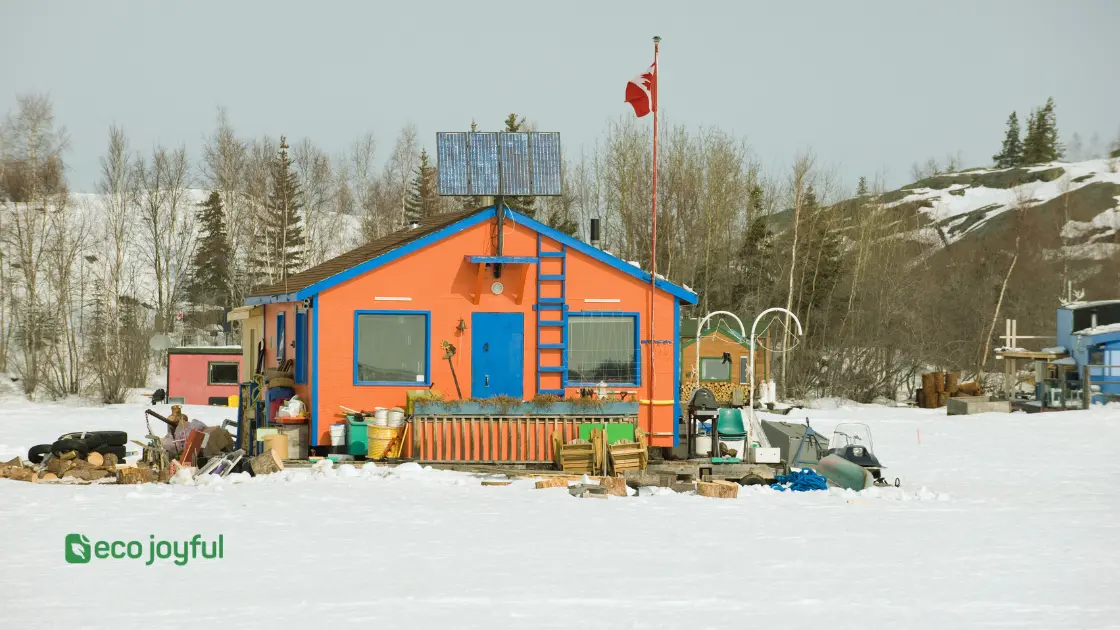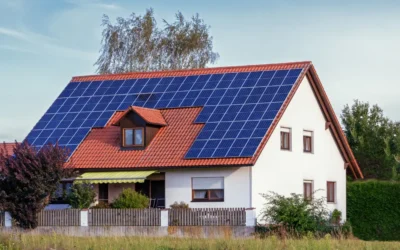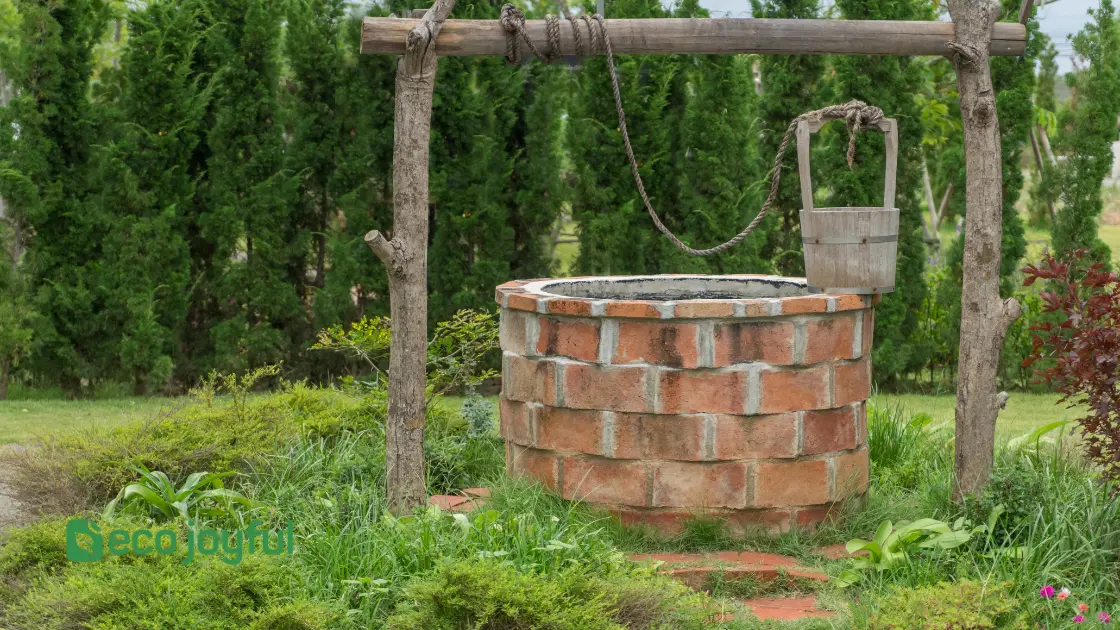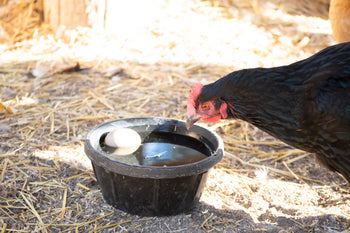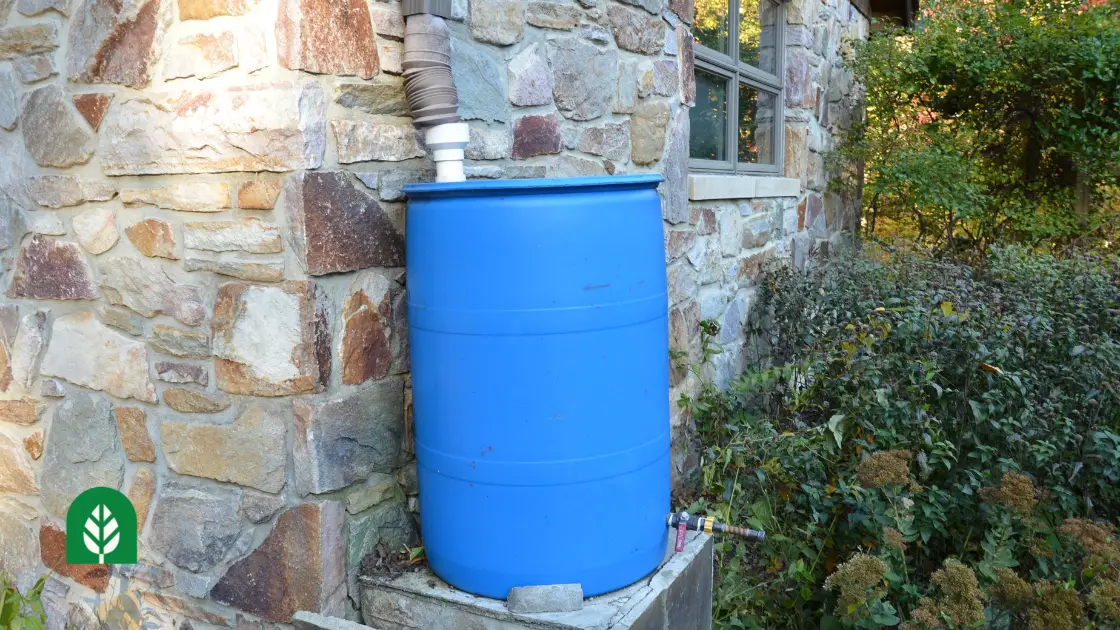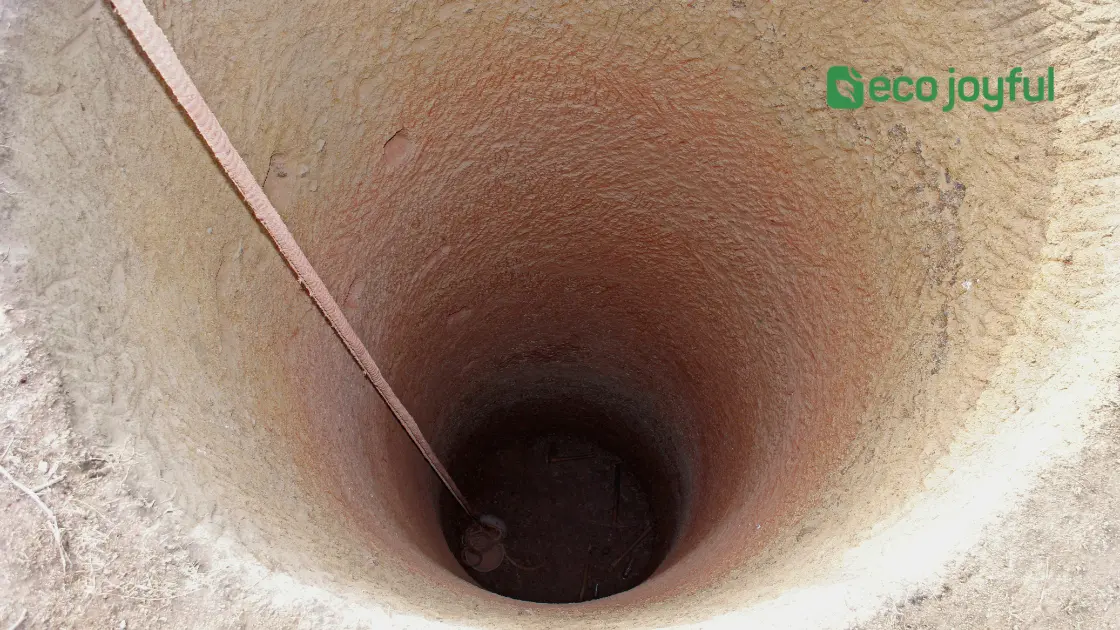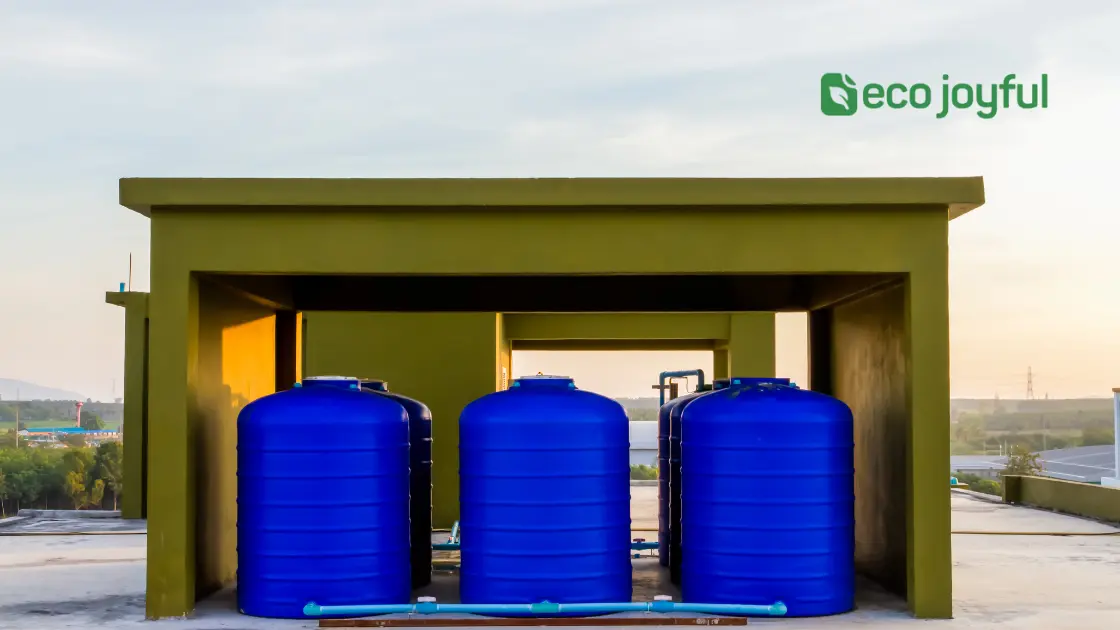To get running water off the grid, you need to install a rainwater collection system and a filtration system to purify the water for daily use. In addition, using gravity-fed systems and water pumps can help create water pressure for faucets and showers.
Table of Contents
Understanding Off grid Water Sources
Discover the secrets of obtaining running water off the grid. Uncover the hidden gems of off-grid water sources and gain a better understanding of how to access this vital resource.
Exploring available natural water sources
When living off the grid, understanding the available natural water sources is essential for sustainable living. Rivers, streams, lakes, and ponds are common sources of natural water that can be utilized for domestic purposes. Groundwater from natural springs and aquifers also offers a reliable off-grid water source.
Capturing rainwater for domestic use
Rainwater harvesting is a cost-effective and eco-friendly method to collect water for off-grid living. By installing rain barrels, tanks, or cisterns, you can capture and store rainwater to meet domestic water needs, reducing dependence on traditional water sources.
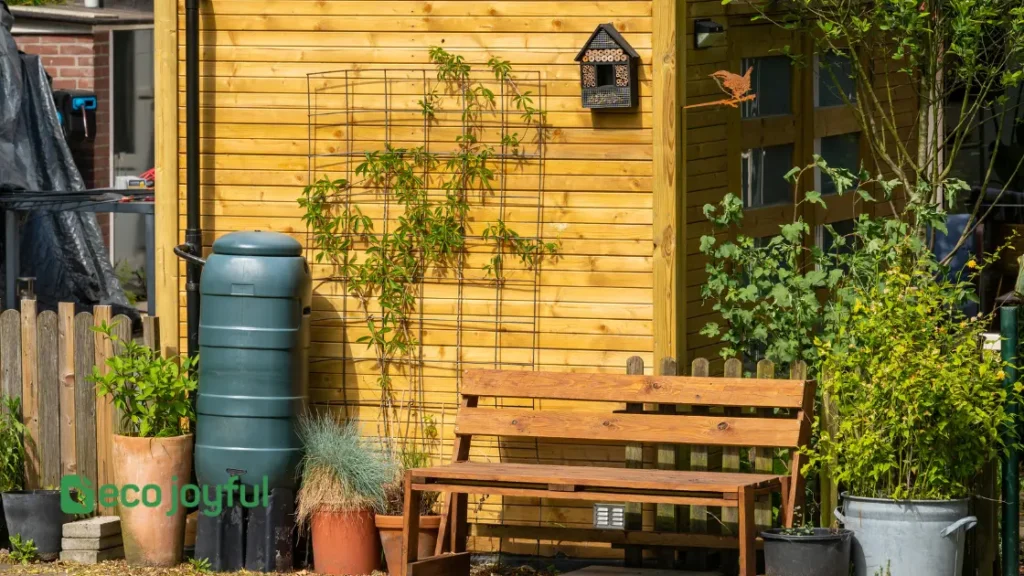
Utilizing underground wells
Underground wells are a reliable off-grid water source that provides access to groundwater. Installing a well pump and storage system enables sustainable water usage, ensuring a constant supply of water for drinking, cooking, and irrigation.
By understanding and utilizing these off-grid water sources, individuals can achieve sustainable water independence and minimize their reliance on conventional water infrastructure.
Water Filtration And Purification Methods
Welcome to our guide on how to get running water off the grid! In this section, we will focus on one of the most important aspects of off-grid living: water filtration and purification methods. When you’re living away from the municipal water supply, it’s crucial to ensure that the water you drink and use is safe and clean. Here, we will discuss how to choose the right filtration system, understand different purification techniques, and prioritize water safety and quality.
Choosing The Right Filtration System
When it comes to selecting a water filtration system for your off-grid setup, it’s essential to consider your specific needs and the available water sources. Here are a few factors to keep in mind:
- Water Source: Determine whether your water source is a well, stream, lake, or rainwater catchment system. Different sources may require different filtration technologies.
- Filtration Needs: Assess the contaminants present in your water. Do you need a system that can remove sediment, bacteria, viruses, or chemicals?
- Ease of Use and Maintenance: Consider the system’s complexity, installation requirements, and ongoing maintenance needs. Opt for a system that fits your knowledge and capabilities.
- Capacity: Determine how much water you need to filter daily. Choose a filtration system that can handle your required volume efficiently.
By carefully considering these factors, you can select a filtration system that best suits your off-grid water needs.
Understanding The Different Purification Techniques
When it comes to water purification, there are various techniques you can employ to ensure your water is clean and safe to use. Let’s explore a few common methods:
- Boiling: Boiling water is one of the simplest and oldest methods for purifying water. It kills most bacteria and viruses, making the water safe to drink.
- Chemical Disinfection: Chemicals like chlorine, iodine, or hydrogen peroxide can be used to disinfect water. They effectively kill bacteria and other harmful pathogens.
- Reverse Osmosis: This process uses a semi-permeable membrane to remove contaminants from the water. Reverse osmosis is highly effective in removing dissolved solids and impurities.
- UV Sterilization: Ultraviolet (UV) light can destroy bacteria, viruses, and other microorganisms, making it a reliable method for purification.
Each purification technique has its advantages and limitations. Understanding how these methods work will help you choose the most suitable approach for your off-grid water supply.
Ensuring Water Safety And Quality
Once you have a filtration system and purification method in place, it’s crucial to ensure the ongoing safety and quality of your water. Here are a few tips to follow:
- Regular Maintenance: Perform routine maintenance on your filtration system to ensure its optimal performance. Replace filters as recommended by the manufacturer.
- Regular Testing: Regularly test your water for contaminants to ensure its quality. A water testing kit can help you identify any potential issues.
- Storage: Store your filtered water in clean, food-grade containers to prevent recontamination. Keep containers away from direct sunlight and potential sources of contamination.
- Education: Educate yourself and your family about proper water hygiene and storage practices to minimize any potential risks.
By implementing these strategies, you can maintain the safety and quality of your off-grid water supply, allowing you to enjoy clean and reliable running water.
Designing An Off-grid Water System
When it comes to living off-grid, having access to running water is essential for maintaining a comfortable and sustainable lifestyle. Designing an off-grid water system requires careful consideration of factors such as water consumption needs, storage tank sizing, and piping and distribution considerations. In this article, we will explore these aspects in detail to help you design an efficient and reliable off-grid water system.
Calculating Water Consumption Needs
Calculating your water consumption needs is the first step in designing an off-grid water system. It is important to determine how much water your household requires daily. To do this, consider the number of occupants, their daily activities, and the amount of water each activity consumes. Here are some approximate consumption values for common activities:
| Activity | Water Consumption (Liters/Activity) |
|---|---|
| Showering | 15-25 |
| Flushing Toilet | 6-10 |
| Washing Dishes | 10-15 |
| Laundry | 50-100 |
Once you have a rough estimate of your daily water consumption, you can calculate your monthly or yearly water needs and use this information to size and select storage tanks accordingly.
Sizing And Selecting Storage Tanks
Choosing the right size and type of storage tank is crucial in an off-grid water system. The size of the tanks depends on your calculated water consumption needs and the availability of water sources. Consider the rainfall patterns in your area, as well as any alternative water sources such as wells or springs.
When sizing your storage tanks, keep in mind that it’s always better to have more capacity than you think you’ll need.
This provides a buffer for times when water supply may be limited due to drought or other factors. Additionally, consider the material and quality of the tanks to ensure durability and water safety.
Piping And Distribution Considerations
Proper piping and distribution are essential for an efficient off-grid water system. When designing your system, take into account factors such as the distance between your water source and storage tanks, as well as the elevation changes along the route.
These factors will impact the pressure and flow rate of the water throughout your system.
Consider using high-quality pipes that are suitable for off-grid applications, such as polyethylene or PVC, to minimize leaks and ensure a long-lasting system.
Incorporating shut-off valves and filters in the piping system can also help manage water flow and maintain water quality.
- Ensure proper insulation of the pipes to prevent freezing in colder climates.
- Regularly inspect and maintain the piping system to detect leaks or damage early.
By carefully considering and planning each aspect of the design, you can create a reliable and efficient off-grid water system that meets your household’s needs.
Remember to regularly monitor and maintain the system to ensure its optimal performance and sustainability.
Alternative Energy Sources For Water Pumping
When it comes to off-grid living, it’s crucial to have a reliable source of running water. Fortunately, alternative energy sources provide sustainable solutions for water pumping, ensuring that off-grid homes can access water without depending on traditional, grid-connected utilities.
Exploring Solar-powered Water Pumps
Solar power offers a convenient, sustainable energy source for water pumping. With solar-powered water pumps, energy from the sun is harnessed to power the pump, eliminating the need for grid electricity. These pumps are efficient and low-maintenance, making them an ideal choice for off-grid water systems.
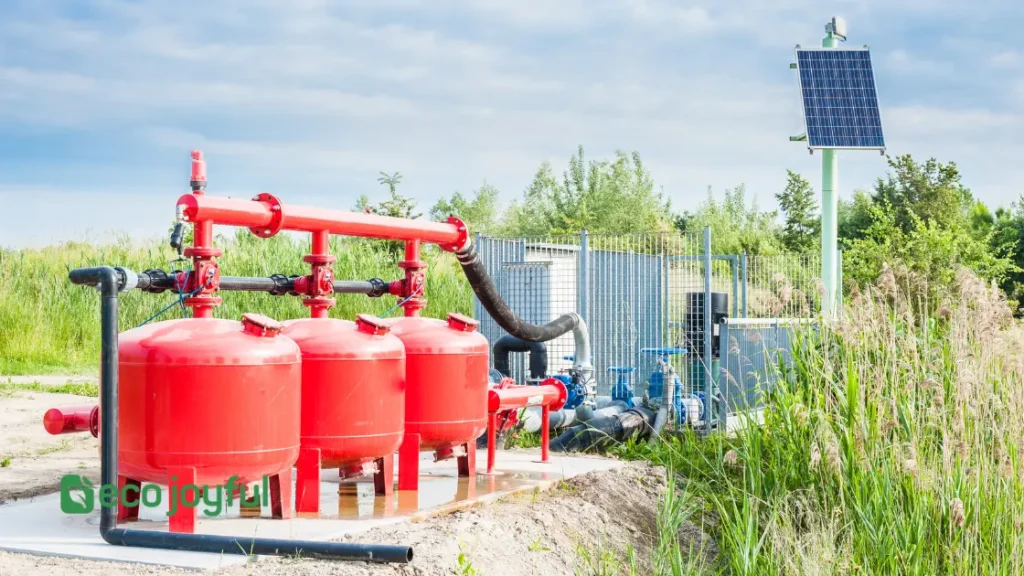
Utilizing Wind Energy For Water Pumping
Wind energy can also be utilized to pump water off-grid. Wind-powered water pumps harness the power of the wind to operate, providing a reliable and sustainable solution for remote locations.
By harnessing the natural power of the wind, off-grid homes can access a consistent supply of water without requiring grid electricity.
Hydroelectric Solutions For Off-grid Water Systems
For off-grid properties located near water sources such as rivers or streams, hydroelectric solutions offer an environmentally friendly option for water pumping.
These systems harness the power of flowing water to pump water to desired locations, providing a reliable and renewable source of energy for off-grid water systems.
Conclusion
In closing, achieving running water off the grid doesn’t have to be overwhelming.
By incorporating sustainable water systems, like rainwater harvesting and well installation, you can enjoy the convenience of running water even in remote locations.
With the right tools and knowledge, self-sufficiency becomes accessible to anyone seeking a simpler, eco-friendly lifestyle.



